SSI Category A
A comprehensive system, the category A SSI combines a SDI (fire detection system) and a SMSI (fire safety system) to ensure the safety and protection of IGHs, IMHs and ERPs, depending on their Type and Category. It can also be required for ERTs on request.
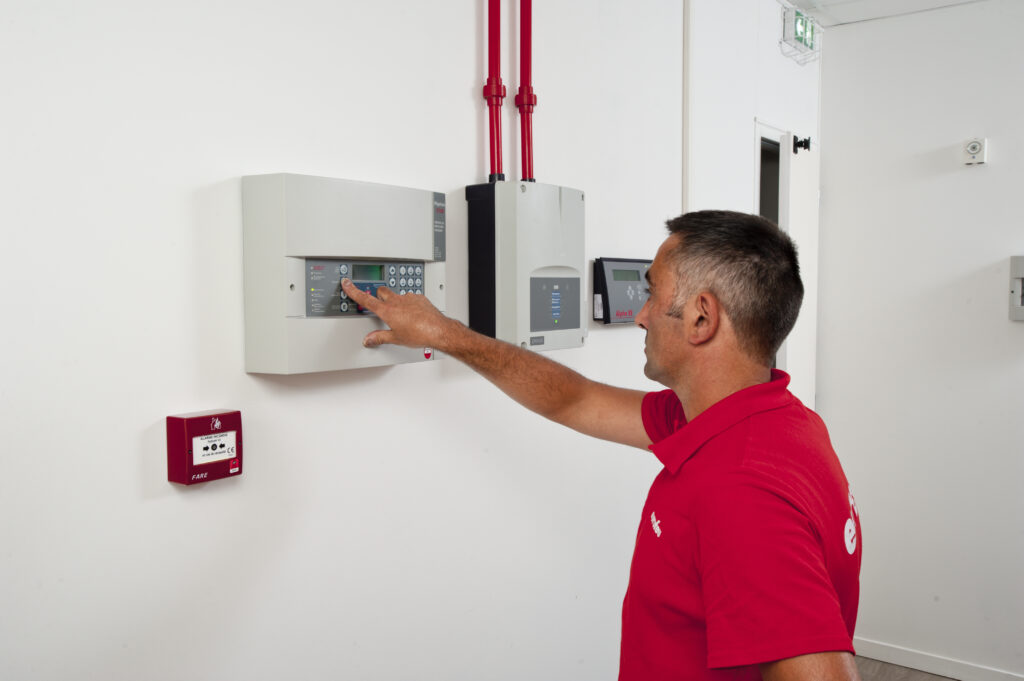
You need personalized support
Our teams are at your disposal to answer any questions you may have.
or
How do you determine the category of an SSI?
Fire safety systems ensure the safety of occupants in public buildings, high-rise buildings, industrial buildings and workplaces.
There are several I.F.S. categories, in decreasing order of risk severity: A, B, C, D and E (according to NF S61-931). Each category induces a different level of severity of the I.S.S., i.e. from type 4 alarm equipment to automatic fire detection with emergency shutdown.
ERP are classified into activity types and categories, ranging from 1 to 5, depending on the number of people admitted to the establishment.
Alarm equipment is designed according to the NF S61-936 standard, which distinguishes 5 different types: type 1, 2a, 2b, 3 and type 4.
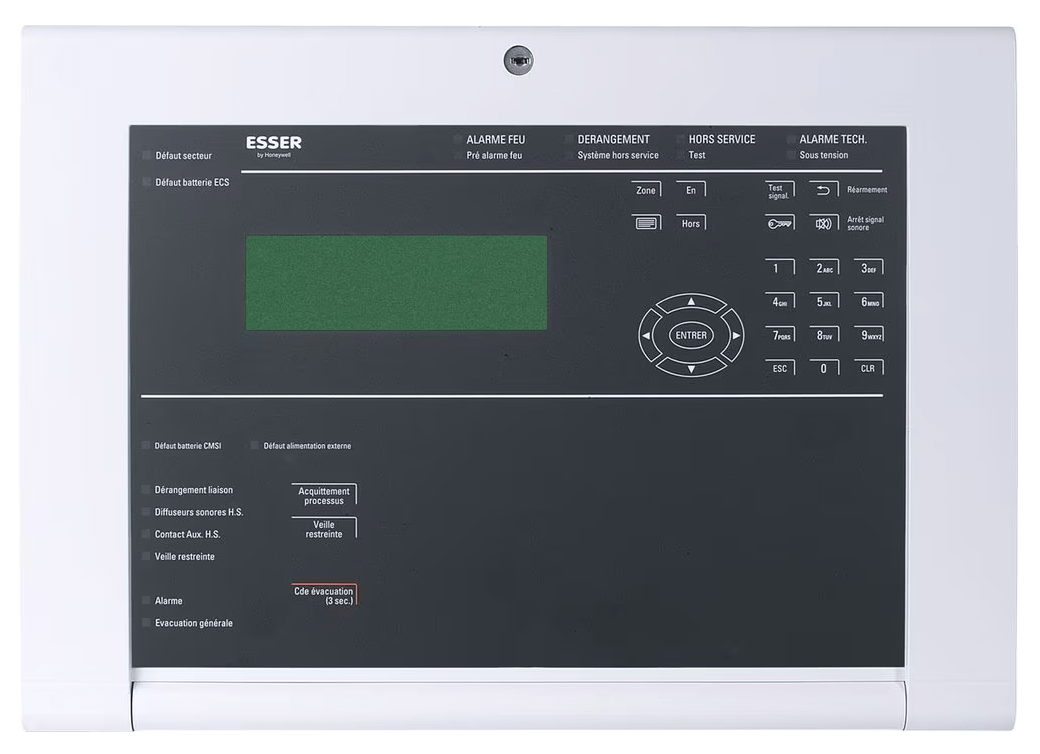
What makes a Category A SSI?
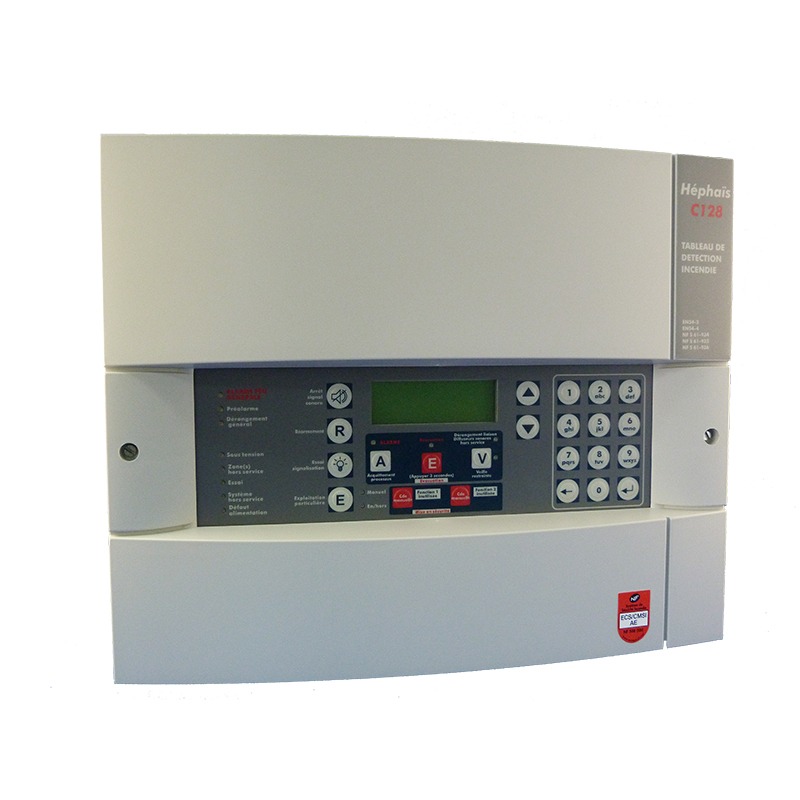
Category A fire safety systems are the most comprehensive. It comprises a fire detection system (FDS) and a fire safety system (FSS) for evacuation, compartmentalization and smoke extraction.
Type 1 alarm equipment is always associated with a Category A SSI. This is the only type of alarm equipment that includes automatic fire detectors (AFD).
La catégorie A dispose d’une variante de configuration pour les immeubles de grande hauteur (IGH), où la diffusion de l’alarme se fait par compartiment.
Our type 1 alarm equipment
The Fire Detection System (FDS) specific to Category A refers to the devices used to identify the presence of a fire. It includes the following elements:
ECS (Control and signalling equipment)
The ECS centralizes information from automatic detectors and manual releases.
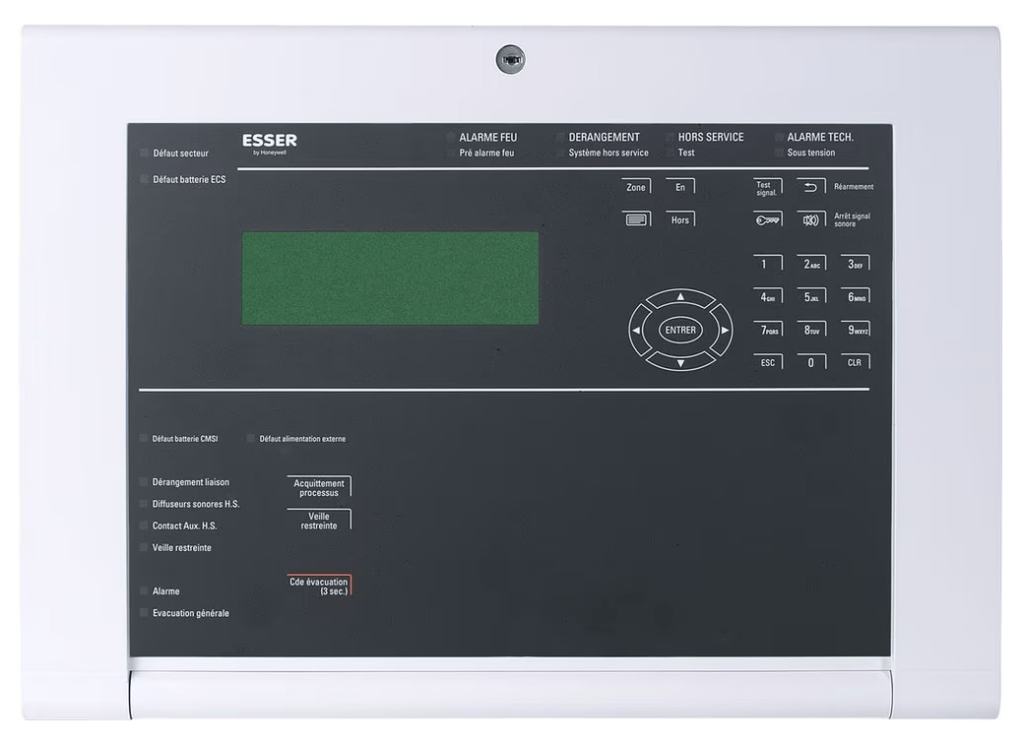
Automatic fire detectors (AFD)
Optical point-source smoke detectors
Detect the presence of smoke, an early sign of fire
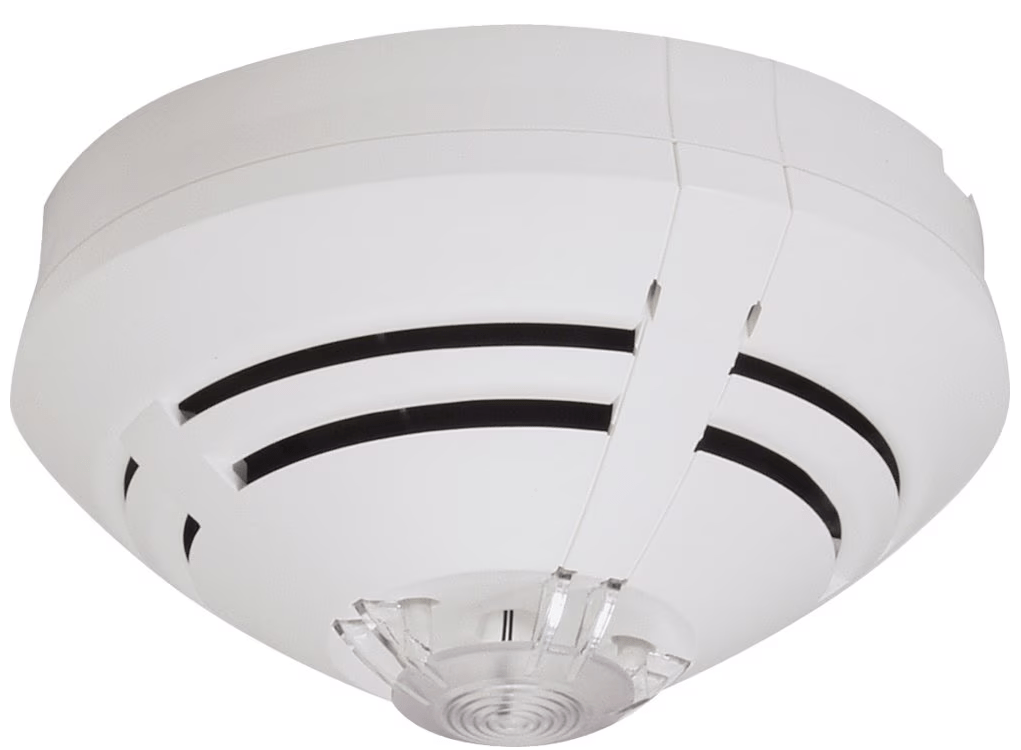
Détecteurs ponctuels de chaleur thermovélocimétriques ou thermostatiques
Reacts to rapid temperature increases or to a specific predefined temperature

Optical linear smoke detectors
Detect the presence of smoke in high spaces (storage cells, plenums)

Flame detectors
Detect infrared and/or ultraviolet radiation emitted by flames. Used in industrial and outdoor environments
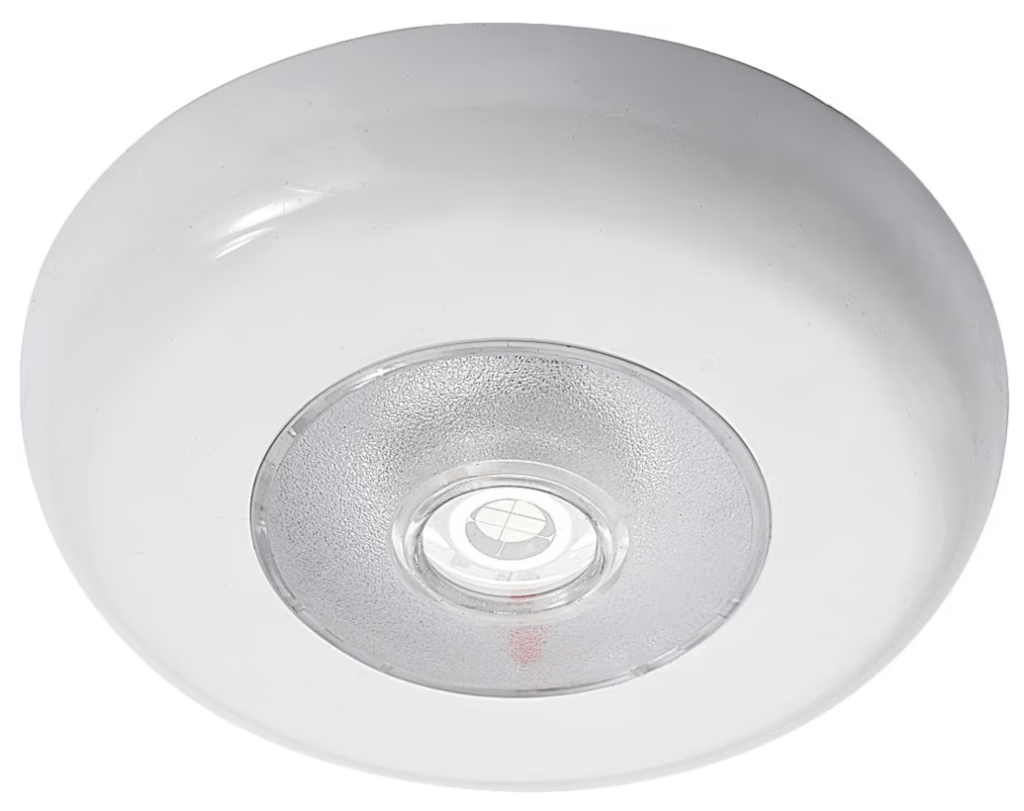
Aspirating smoke detectors
Detect the presence of smoke in high spaces or specific areas (clean rooms, cold rooms).

The Fire Safety System (FSS)
The ISMS for Category A includes the following elements, depending on the configuration:
Type A fire safety control panel(s) (CMSI) including alarm management unit (UGA1)
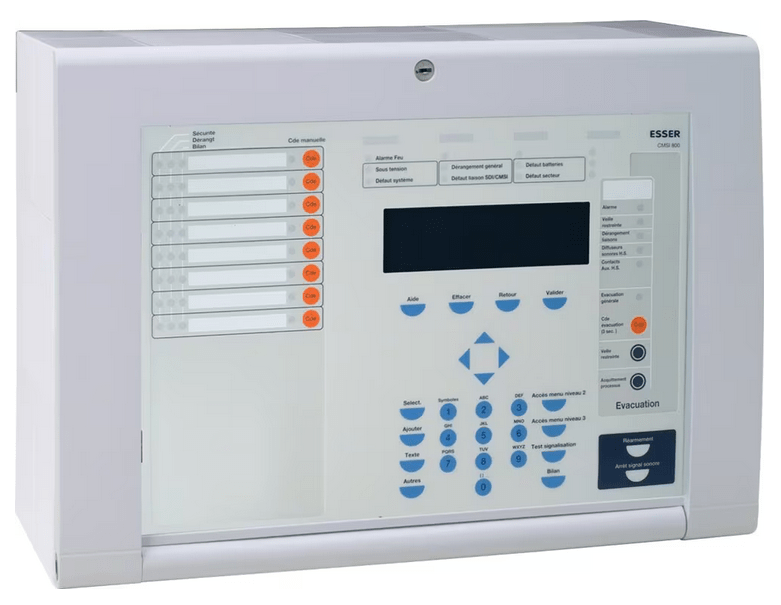
Actuated safety devices (ASD)
They provide compartmentalization, smoke extraction and evacuation functions.

Control adapter(s) (DAC),
Transmits orders to DAS, adapting commands (e.g. electric to pneumatic)
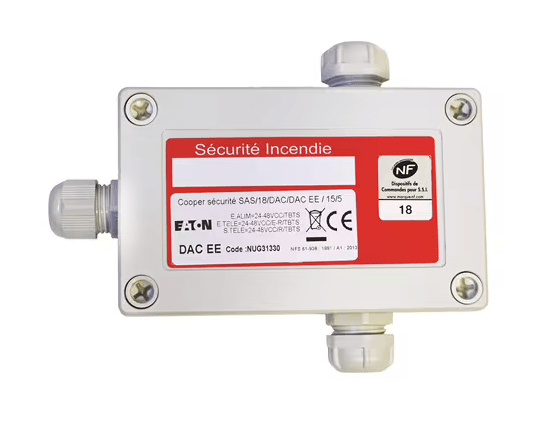
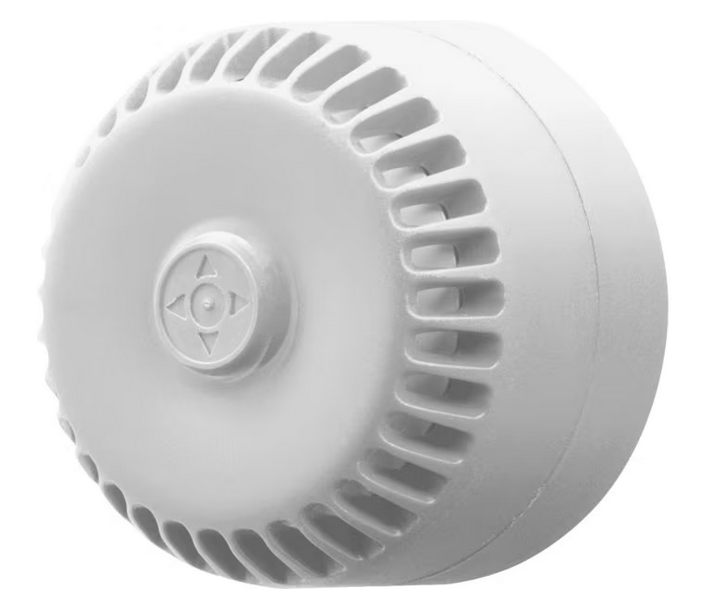
Where to install category A SSIs?
This is the most comprehensive system available, and is generally intended for public-access buildings with sleeping quarters, i.e. day-care facilities such as nursing homes, hotels, hospitals and boarding schools.
for
elderly or
disabled people
,
accommodation establishments
vacation centers
With sleeping quarters
With sleeping quarters


